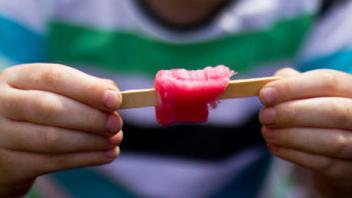“If you drink your milk, you will grow big and strong!” “If you clean up your toys, you can go play outside.” Most parents and caregivers talk to their child about cause and effect long before we expect our children to understand those terms. We teach cause and effect every time we help a young child recognize a relationship between two things, or when we demonstrate that one event is the result of another.
Science seeks to explain and understand the natural world. Things happen for a reason: there is a cause for every effect. In science, the cause explains why something happens. The effect is the description of what happened. Many simple activities can be done at home and in the backyard that will help develop your child’s understanding of cause and effect. Consider these ideas:
Activities to learn about cause and effect
Ask your child, “What do you think will happen if we leave this Popsicle out in the sun?” Allowing the Popsicle to melt provides an opportunity to talk about the sun’s heat and its effect on the icy popsicle. During the winter, do the same thing with small cups of water. “What caused our water to turn into ice?”
Play a simple game in which you orally provide a situation (or a cause). Ask your child to fill in an action (or an effect). For example, you could say, “It was snowing outside.” Your child could fill in, “All the kids got their sleds.” “Someone rang the doorbell,” could be answered with “Our dog began to bark.” This game is perfect for helping your child realize that there is not one single right answer — as scientists they will learn that there can be several causes and several effects.
Keep track of the plants in your yard. As you observe a plant thriving and growing, ask your child why. Is the plant receiving good light and water? If the leaves on a plant are drooping, ask your child what could be causing the droopy leaves. Does the plant need more sun? More water? What effect could a new location and some water have on the plant?
Share the children’s book If You Give a Mouse a Cookie with your child. Point out the use of specific cause/effect words used in the book, including if … then. Keep a running tally of all the causes and effects that happen in the story. For example, if you give a mouse a cookie, he’ll want a glass of milk to go with it. If you give him a glass of milk, he will ask for a straw, etc.
Young children learn by engaging in activities that are real and meaningful to them — activities that encourage the development of skills, knowledge, and ways of thinking and learning. Parents can help teach children the early skills for literacy as well as science and mathematics development by creating simple settings that encourage learning.
Recommended children’s books
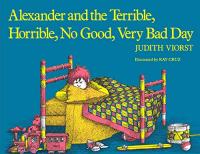
Alexander and the Terrible, Horrible, No Good, Very Bad Day
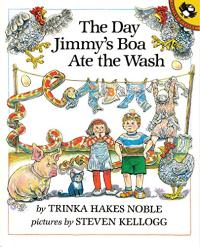
The Day Jimmy’s Boa Ate the Wash
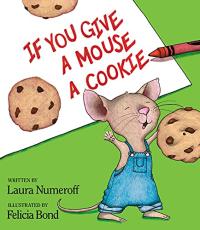
If You Give a Mouse a Cookie
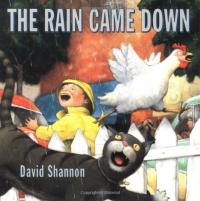
The Rain Came Down
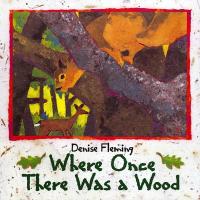
Where Once There Was a Wood
Download this article in Spanish
Subscribe to Growing Readers!
Get our free monthly parent tips — in English and Spanish — delivered right to your inbox!
